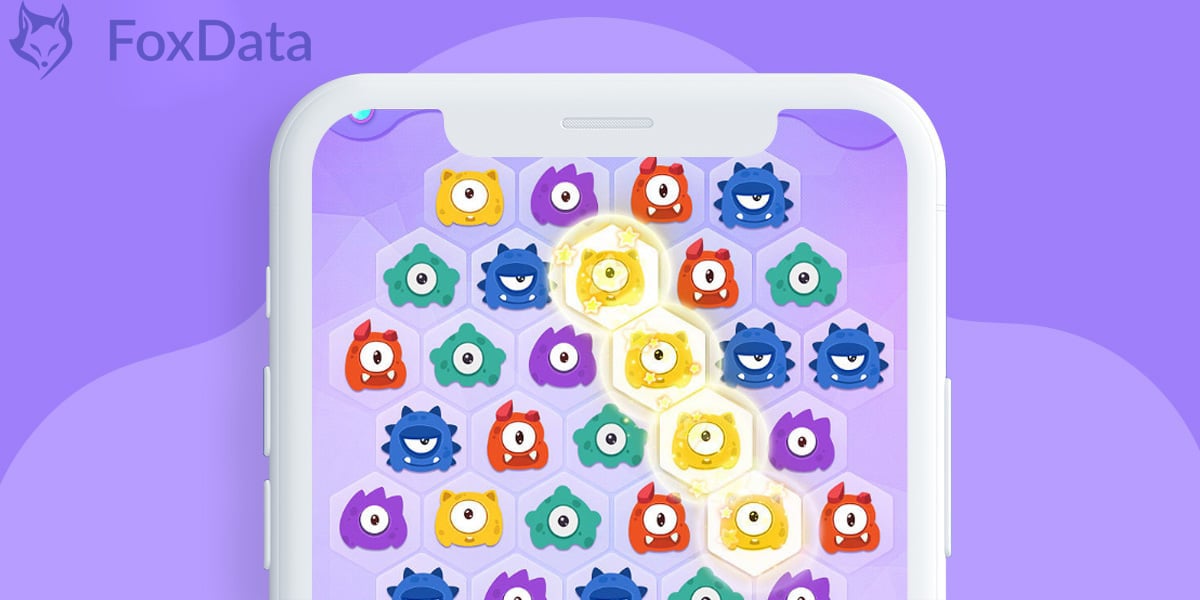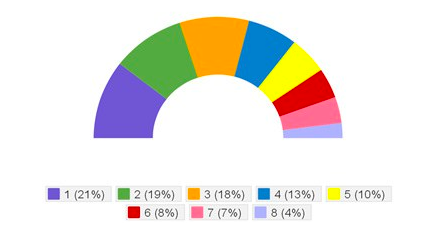In today's modern age, children have become accustomed to using mobile devices for entertainment purposes, including games. This presents a great opportunity for developers and businesses to create and promote mobile apps for children, as this audience represents a significant portion of the mobile market and has the potential for profitability.
Technology has evolved, and children now grow up using social networks and mobile apps. As developers, we can assist them by creating amazing products that cater specifically to their needs. In this blog, we will delve into the kids' app niche and provide practical advice for those interested in developing and promoting mobile apps for children.
The Target Audience
Identifying your target audience can be challenging, especially when it comes to children. To effectively position and market your app, it's crucial to answer two critical questions:
- What is the target age range for your app?
- Will the child or the parents decide whether to install the app?
Children aged 4 and up are the primary users of mobile apps, and they can easily install them on their devices. However, before the age of 4, parents are the decision-makers for app installations, paid purchases, and in-app purchases. It's important to note that age ranges should not span more than 2-3 years, as children's priorities and values change rapidly as they grow.
Instead of focusing on technology during the concept stage, pay attention to observing children's behavior and interactions. This can provide valuable insights into what catches their attention and what doesn't. While conducting play tests with children may be challenging, it can offer valuable information for your product development.
The Types of Apps for Kids
The market for children's mobile apps is diverse and highly saturated, offering various app types. Apart from considering the age breakdown, there are three main types of apps for children:
- Gaming apps: These apps are primarily downloaded for entertainment purposes. The key task for developers is to create engaging scenarios that can hold children's attention.
- Educational apps: These apps are particularly relevant for preschoolers, and aimed at teaching them skills like reading and counting.
- Art apps: These apps focus on skill-building and brain development through arts and crafts, such as drawing, coloring, and constructing.
Regardless of the type, the main challenge and advantage of developing apps for children lies in the demand for quality content. Creating such content requires specialists from various fields.
Tips for Developing Apps for Children
Design plays a crucial role in any app, and when it comes to children, it becomes even more important. To ensure a positive user experience, make the app more colorful and vibrant.
The start screen of your app is vital as it serves as the first impression for your potential audience. Make sure it's eye-catching, rich, and colorful. Research shows that children's favorite colors include those in the color palette below:
When looking at the best apps for kids in your chosen category, you'll notice that successful apps often incorporate these colors.
For an optimal user experience, make sure the interactive elements of the user interface are clear and stand out. You can use techniques such as shadows, colored outlines, animations, and background dimming to highlight these elements.
Good navigation is essential for children's apps. Children have a tendency to interact with everything that catches their attention, so it's important to ensure the navigation is simple and intuitive. Consider using a full-screen menu for easy access to all sections of the app. Additionally, use large and visible buttons with bright icons, as children may have difficulty reading complex words or sentences.
If an interaction requires multiple steps or options, it's best to divide it into sequential stages. Simple interactions like tapping and swiping are the most natural for children, so keep this in mind when designing interaction methods.
Animations add visual appeal and engagement to the app. However, if you choose to use animations, be consistent throughout the app to avoid making static elements appear boring in comparison. Animation can also be used as a feedback mechanism during interactions with children, making it even more intriguing when combined with sound effects. Incorporating music into the app can also enhance the experience, as children respond positively to it.
When developing children's apps, it's important to be cautious with analytics and advertising. Avoid collecting personal information from children or integrating third-party ad and analytics services that may collect this data. Make sure to read and adhere to the corresponding App Store and Google Play policies to ensure compliance.
How to Promote Apps for Children
Here are some effective methods for marketing your children's app:
Site and Forum Presentations
Engage with relevant forums and websites to present your app. Establishing yourself as a respected member of these communities will enhance your app's value and attract attention from potential users.
Promote your app on social media platforms to reach parents. YouTube, in particular, is a popular source of new game information for children, and its recommendation system effectively introduces new games and videos to its young viewers. Traditional advertising networks can also be used to target parents, as children are less likely to use these platforms.
Optimizing your app store presence is crucial. Use a colorful and appealing icon, along with screenshots that capture children's attention. Provide a clear description of the app's benefits to help parents understand what it offers. Achieving high rankings will make your app more visible to parents searching for ways to entertain their children.
You can request detailed feedback through in-game prompts, but be mindful not to interfere with the children's fun too much. Children may not find value in taking the time to leave reviews, especially if it detracts from their enjoyment of the app.
Challenges of Kids' Apps
Creating successful mobile apps for children comes with its own set of challenges. Apart from content, analytics, and monetization, developers must also consider promotion, localization, testing, and engaging with parents. However, developing a good and useful product can yield significant rewards. After all, parents prioritize their children's well-being and development.
Now just join
FoxData and embark on a journey of business growth as we unveil a
FREE App Data Analytics Tool, which boosts your downloads, increases your user base, and watches your performance soar to new heights!
Or do you want to find a professional team to increase your app's user acquisition? FoxData's sub-brand,
FoxAdvert, tailors
App Store Optimization services to fit your unique goals!
All content, layout and frame code of all FoxData blog sections belong to the original content and technical team, all reproduction and references need to indicate the source and link in the obvious position, otherwise legal responsibility will be pursued.


